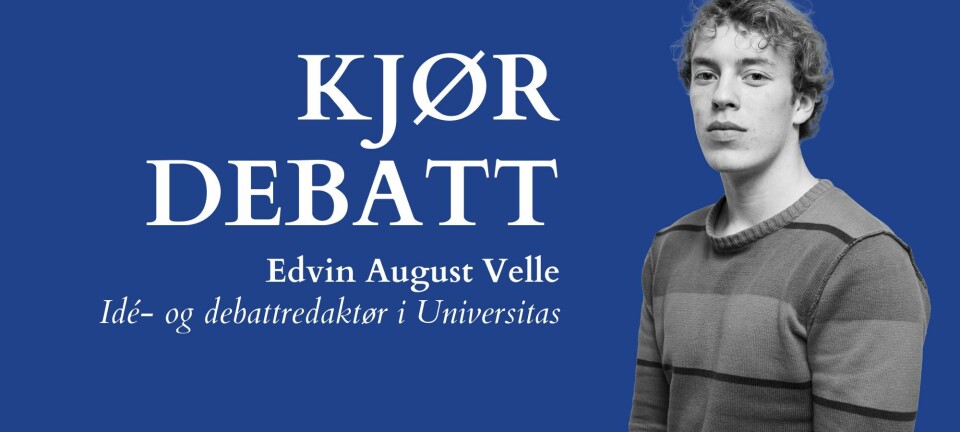Europe doesn't excite Norwegian students
There is a large difference in the number between Norwegian students studying abroad and Norwegian participants in the Erasmus programme.
– Norwegian students probably think that Europe is too close to home, states the contact for the Erasmus programme in Norway Stian Hofslett Thowsen.
The newly published mobility report from the Norwegian Centre for International Cooperation in Higher Education (SIU) shows an obvious trend: While more and more Norwegian students chooses to do some of their education abroad, fewer and fewer students receive scholarships from the Erasmus programme. This programme is the leading scholarship organization within the EU/EEA.
Thowsen has a theory explaining why.
– To be a bit cynical, one can say that the generous support from the State Education Loan Fund makes it hard for the Erasmus programme. This is because the standard of living on the whole is lower in other countries. Also it seems that the educational institutions, which arranges the arrangement, prioritize countries outside of Europe when the managements work out their exchange programs.
Europe was undoubtedly the best solution for Eline Solum Gran, professionally, culturally and musically. She exchanged through the Erasmus programme from the Norwegian Academy of Music to go and play the bassoon in Lyon.
– Some students choose to go to places like the US or South Africa, but when it comes to my department, Europe definitely has the best institutions, she says.
During the last few years Erasmus has experienced such a small amount of applicants that the participants receive a profit payment after completed exchange.
Can afford the language barrier
Guri Vestad, unit leader by the Section for the Internationalization of Studies by the University of Oslo, doesn’t identify with the criticism about how the educational institutions give less priority to Europe.
– Out of all the educational institutions we maintain exchange arrangements with 400 of them are in Europe and only about 140 are outside, she says.
At the same time she doesn’t disagree with the fact that it’s strange that there are so few participants in the Erasmus programme.
– I’ve wondered for a long time why there are so many vacant positions. The biggest reason is probably the language barrier, and that you can travel to much more exotic places than Europe and study in English or Spanish. Another reason is that Norwegian students are among the few people who can finance an exchange in the US, for example, says Vestad.
– Many of the European countries are important collaborators for Norway. Not too many students know much about our most important trade partner Germany. Yet it’s not only negative that Norwegian students choose destinations in Africa, Asia and South America since these destinations can offer important competence for Norway in the future, says Karoline Myklebust, president in the Association for Norwegian Students Abroad, ANSA.
Student Solum Gran cracks the myth about how the language barrier is insuperable.
– The language barrier should be considered a bonus. With French classes from junior college and the five weeks of language courses I got as an Erasmus student made the linguistic part easy, she says.
Unintended victory for BI
At the BI Norwegian School of Management a growing number of the exchange students uses the Erasmus offer. 86 per cent of the students who travel to Europe participate in the programme, compared to 56 per cent at the University of Oslo and 50 per cent on a national basis.
According to Hanne Framnes by the International Office at BI problems with capacity are partially to blame.
– At our school, too, we see that countries outside of Europe are the most popular destinations for exchange, but we have so few positions that very few get accepted. Since we want as many students as possible to exchange we advise them to go to Europe instead.
































